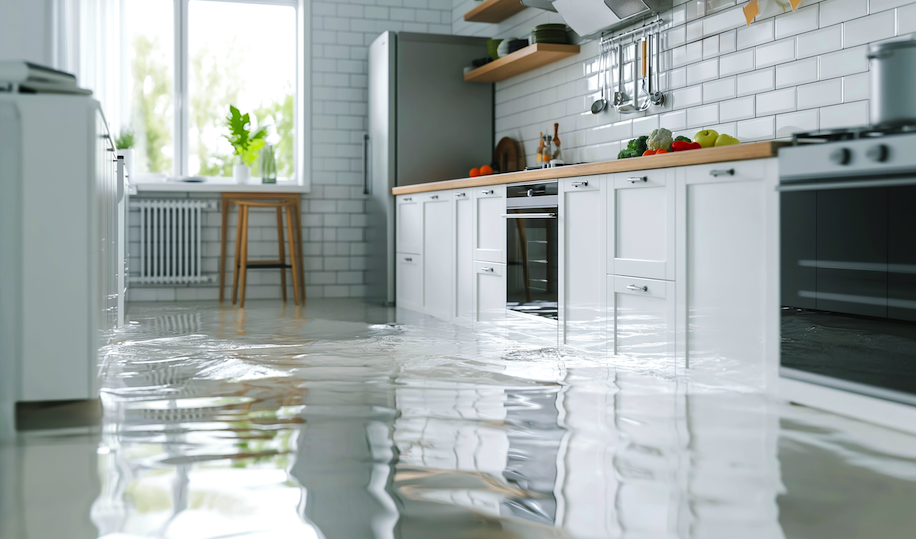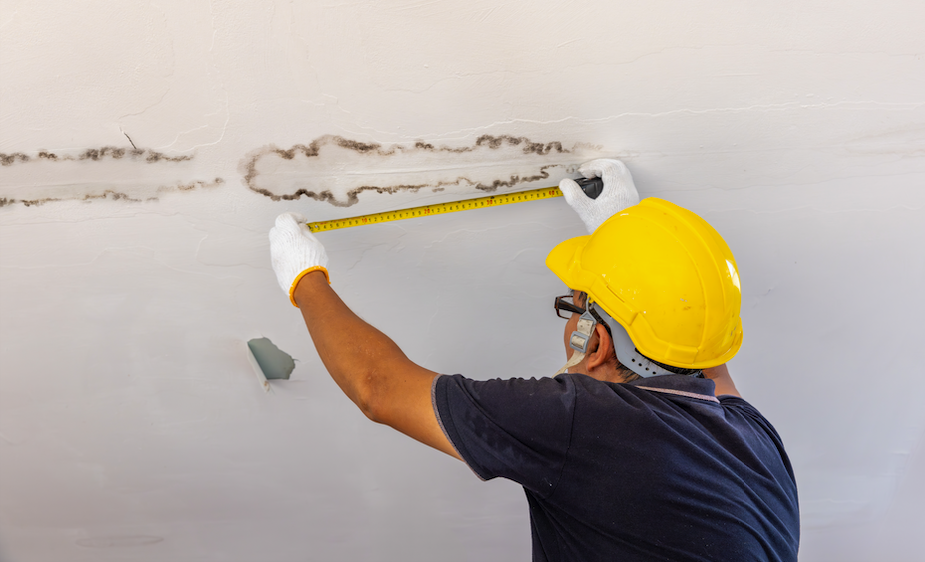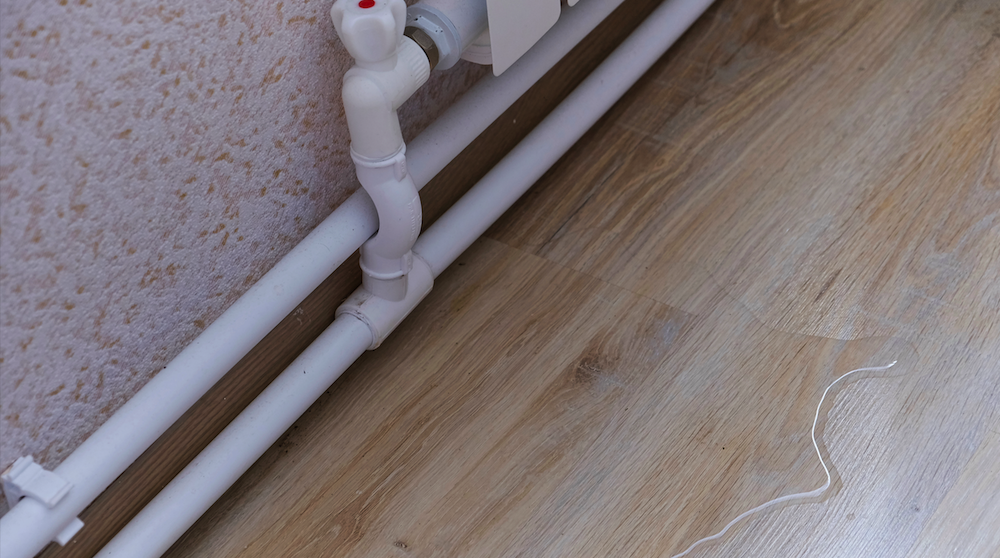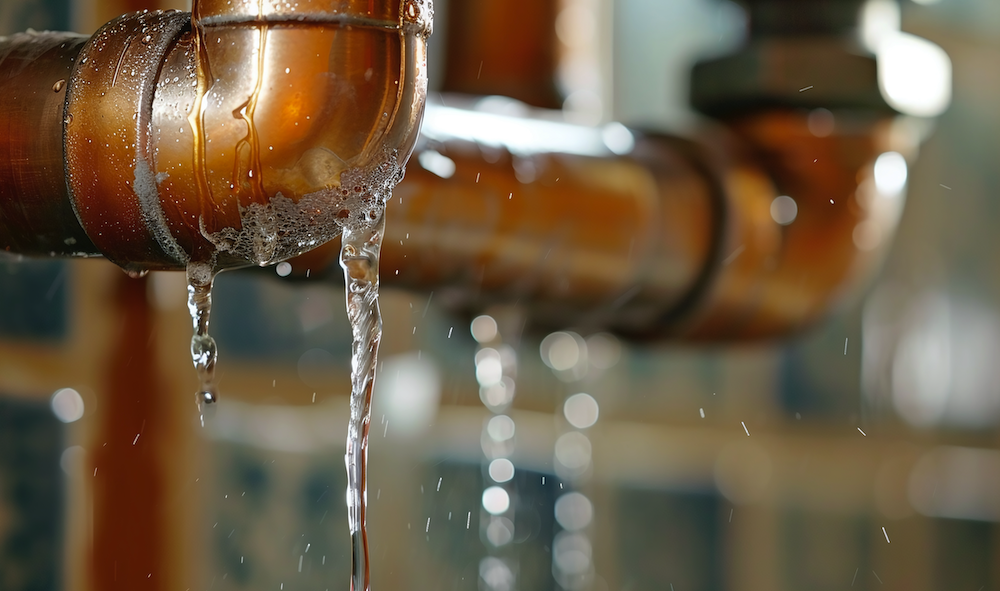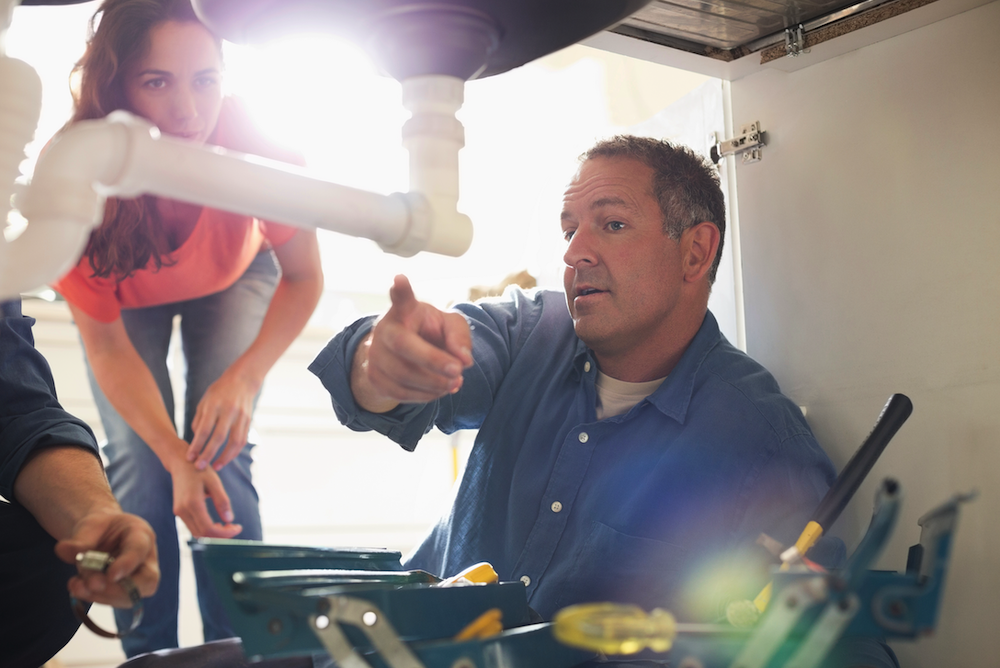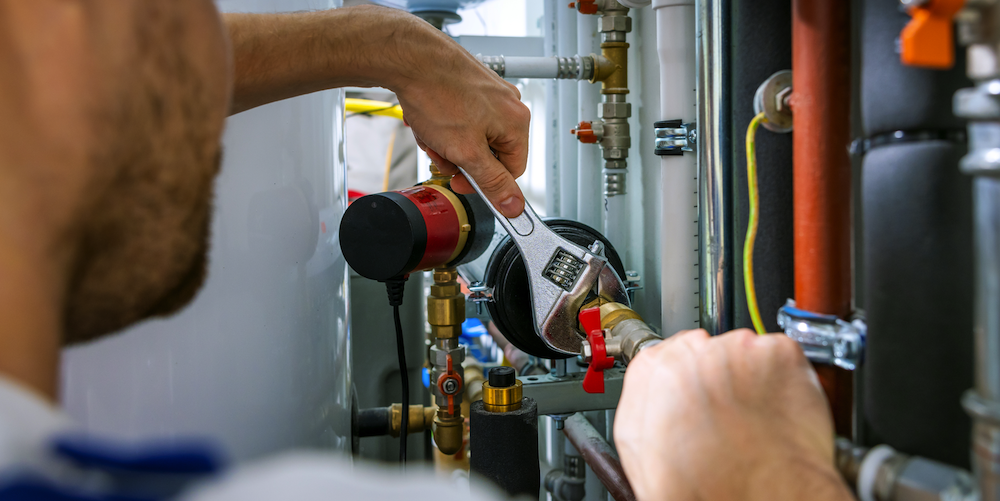Leak Detection - Tips & Tricks

Leak detection is a critical aspect of maintaining a plumbing system's integrity and efficiency. Undetected leaks can lead to significant water damage, increased utility bills, and severe structural issues.
What is Leak Detection?
Leak detection is the process of identifying and locating leaks in a plumbing system. Leaks can occur in various parts of the plumbing network, including pipes, fixtures, and fittings. Early detection is crucial to prevent minor issues from becoming major problems.
Common Types of Leaks
-
Visible Leaks
These are leaks that can be easily seen, such as dripping faucets or water pooling under sinks. -
Hidden Leaks
These leaks are not immediately visible and often occur behind walls, under floors, or underground. -
Silent Leaks
These leaks, such as a running toilet, may not produce noticeable signs but can waste significant amounts of water over time.
Causes of Leaks
-
Corrosion
Over time, pipes can corrode, leading to leaks. -
High Water Pressure
Excessive water pressure can stress pipes and fixtures, causing them to fail. -
Temperature Changes
Freezing and thawing cycles can cause pipes to expand and contract, leading to cracks and leaks. -
Tree Roots
Roots can grow into and damage underground pipes.
Learn more -
Poor Installation
Faulty installation of pipes and fixtures can result in leaks.
How Leak Detection Works
Various methods and technologies are used to detect leaks in plumbing systems. These range from simple visual inspections to advanced electronic devices.
Visual Inspection
The simplest form of leak detection involves checking visible pipes, fixtures, and fittings for signs of leaks. Look for water stains, mold, and mildew, which can indicate the presence of a leak. Additionally, checking your water meter for unusual activity can help identify leaks.
Acoustic Leak Detection
Acoustic leak detection involves using specialized listening devices to detect the sound of water escaping from pipes. This method is particularly effective for locating hidden leaks. Technicians use microphones and ground probes to listen for the distinct sounds of leaks, even through walls and floors.
Thermal Imaging
Thermal imaging cameras detect temperature variations caused by water leaks. This non-invasive method allows technicians to see through walls and floors to identify leaks. Cold spots on the thermal image can indicate the presence of water, helping to pinpoint the exact location of the leak.
Moisture Meters
Moisture meters measure the moisture content in building materials. High moisture levels can indicate a leak, especially in areas that should be dry. These devices are useful for detecting leaks behind walls and under floors.
Infrared Cameras
Infrared cameras detect heat and can be used to identify leaks by highlighting temperature differences in materials. This method is particularly effective for finding leaks in large areas and can quickly scan an entire room or building.
Pressure Testing
Pressure testing involves applying air or water pressure to a plumbing system and monitoring for pressure drops, which can indicate a leak. This method is often used for testing new installations or after repairs to ensure the system is leak-free.
Why Leak Detection is Important
Leak detection is essential for several reasons, ranging from cost savings to health and safety.
Prevents Water Damage
Undetected leaks can cause extensive water damage to your property. Over time, water can weaken structural elements, cause wood to rot, and lead to the growth of mold and mildew. Early detection and repair of leaks can prevent costly repairs and maintain the integrity of your property.
Saves Money
Leaks can significantly increase your water bills. Even small leaks can waste hundreds of gallons of water each month. By detecting and fixing leaks early, you can reduce your water consumption and lower your utility bills.
Protects Health
Water leaks can create the perfect environment for mold and mildew to grow. These fungi can cause a range of health problems, including allergies, respiratory issues, and skin irritations. Detecting and repairing leaks promptly helps maintain a healthy living environment.
Conserves Water
Water is a precious resource, and leaks contribute to unnecessary waste. By fixing leaks promptly, you help conserve water and reduce your environmental footprint. This is particularly important in areas prone to drought or where water resources are limited.
Prevents Structural Damage
Prolonged exposure to water can cause significant structural damage to buildings. Water can weaken foundations, warp flooring, and compromise the integrity of walls and ceilings. Early leak detection helps prevent these issues, preserving the value and safety of your property.
Steps to Take if You Suspect a Leak
If you suspect a leak in your plumbing system, it is essential to act quickly. Here are the steps to take:
1. Monitor Your Water Meter
One of the easiest ways to check for leaks is to monitor your water meter. Turn off all water-using appliances and fixtures, and then check the meter. If the meter continues to move, it is likely that you have a leak.
2. Inspect Visible Pipes and Fixtures
Conduct a thorough inspection of all visible pipes, faucets, and fixtures. Look for signs of water, such as puddles, damp spots, or mold growth.
3. Listen for Unusual Sounds
Pay attention to any unusual sounds, such as dripping or hissing, which could indicate a leak. Acoustic leak detection devices can help identify the source of the sound.
4. Use Food Coloring in Toilets
To check for leaks in your toilet, add a few drops of food coloring to the tank and wait about 30 minutes. If the color appears in the bowl without flushing, you have a leak.
5. Contact a Professional Plumber
If you are unable to locate the leak yourself, it is time to contact a professional plumber. Experienced plumbers have the tools and expertise to detect and repair leaks quickly and efficiently.
Preventative Measures
Taking preventative measures can help reduce the risk of leaks and prolong the life of your plumbing system.
Regular Maintenance
Schedule regular maintenance with a professional plumber to inspect and service your plumbing system. This can help identify potential issues before they become major problems.
Insulate Pipes
Insulate pipes in areas prone to freezing to prevent them from bursting. Pipe insulation is a cost-effective way to protect your plumbing system during cold weather.
Install Water Softeners
If you have hard water, consider installing a water softener. Hard water can cause mineral buildup in pipes, leading to corrosion and leaks.
Use Quality Materials
When installing or replacing plumbing fixtures and pipes, use high-quality materials. Investing in durable, reliable products can reduce the risk of leaks and extend the life of your plumbing system.
Educate Household Members
Educate everyone in your household about the importance of proper disposal and not flushing non-biodegradable items down the toilet. Clogs from improper disposal can lead to pressure build-up and cause leaks.
Leak detection is a vital aspect of maintaining a healthy and efficient plumbing system. By understanding what leak detection is, how it works, and why it is essential, homeowners and property managers can take proactive steps to prevent leaks and protect their properties. Early detection and repair of leaks can prevent water damage, save money, protect health, conserve water, and prevent structural damage. Regular maintenance, proper disposal practices, and the use of advanced leak detection technologies are key to maintaining a leak-free plumbing system. If you suspect a leak, it is crucial to act quickly and contact a professional plumber to ensure the issue is resolved promptly and effectively.

